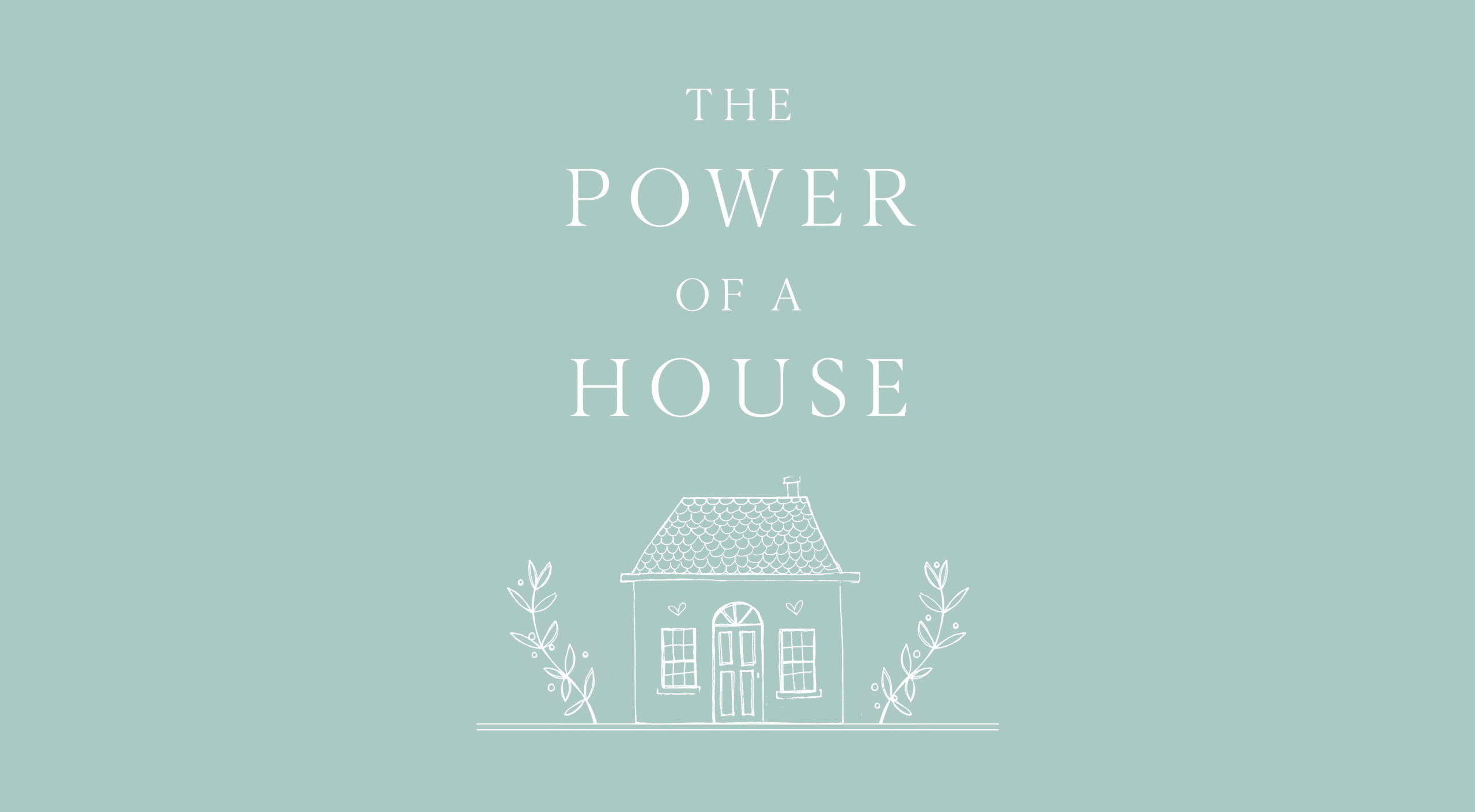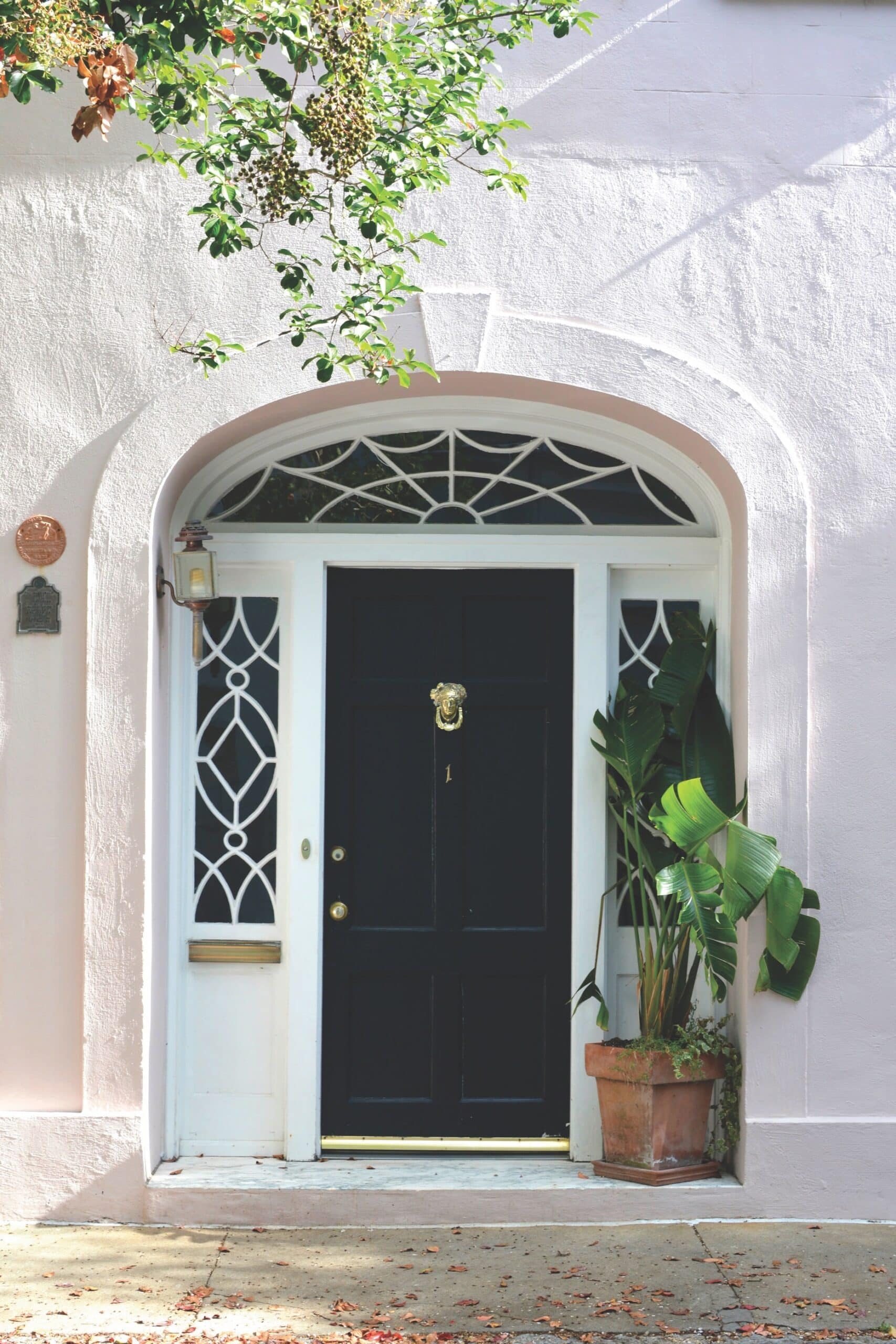
Suzanne
The Power of a House
By Suzanne Pollak | Illustrations by Sally Neal
How is it that a series of houses shaped my life?
My childhood abodes in Africa birthed my faith in the power of houses. Because my father was a diplomat and we moved frequently, our homes were more than shelters for our family. They were tools that helped us quickly connect with the communities where we were sent, until my father was posted somewhere else—or until a civil war erupted and we evacuated. Although temporary segments of our lives, those houses of my younger life sparked my feelings of how to be in this world—that it is possible for homes to reflect and respect our privacy while providing a conduit to the community around us.
Before my father passed away, he told me stories of some of our earliest homes: the penthouse overlooking the golden dome in Beirut, with fish tanks so large they were room dividers, and villas with terraces overlooking the Mediterranean in Tripoli and Benghazi. Those visions passed to me from my father’s memories have hardened over time into myths.
However, the first house I remember, from corners to rooftop, outside gate to garden hideout, was the one in Mogadishu. We jumped on the rooftop water pipes till they sprung leaks. I dangled my legs over the pink wall separating us from the bush, learned how to make pasta with Hassan in the tiny back kitchen, and lay in a bathtub filled with gin to bring down typhoid fever. My father planted flame trees in our walled garden, and that light pink house surrounded by the grown red flame trees looked beautiful before the war that ruined the country.
In Enugu, Nigeria, we had an upstairs terrace where my father explained the constellations to me as we stared into the night sky, the color of the deepest ink with not a flicker of light except for the stars. In Accra, Ghana, our house was prefab, on stilts, and shaped like a donut. The walls upstairs were all glass, overlooking mango, papaya, coconut, and flame trees. At the bottom of the donut hole, we gave Sunday afternoon chicken curry parties.
In all these places, we met the world through our houses. People came and went for dinner parties, cocktail parties, huge parties, Sunday lunches—and who knows what else was taking place? Coups might have been launched from our dining room table.
I came back to the United States for college, and at age twenty-one, I suddenly found myself married with one baby and twins on the way. We lived in a rented two-room basement apartment in Savannah, Georgia, and it was nothing like the light-filled houses in Africa.
Living as a nomad as a child made me crave an adult house to serve as a foundation for life. At a bare minimum, I wanted stability; no more houses like movable feasts roaming a continent. But that was not to be. With a growing family and business ups and downs, we continued to move—in retrospect, I see there was a silver lining in that situation.
It took me decades—actually, it took until now—to understand that acquiring the secure feeling that “everything will be alright” does not come from a physical structure but from an internal one. I’ve learned the long and hard way that authentic personal connections bring about a stable foundation, not the structures in which those connections were formed and nurtured. It took losing many houses to realize that it wasn’t those houses that gave my life its purpose, no matter how beautiful they were.
And I have lived in some wonderful settings. During my first marriage, I restored several eighteenth-century houses, oozing with character and patina. They became glorious places that soothed my soul like a monastery or cathedral is meant to do. We also built new houses, which helped me learn about construction and materials. Through all this, I developed instincts for creating beauty with space, structure, paint, and objects.
I want the house to make everyone—not just us—feel taken care of the moment they walk in and discover the magic that a well-loved, personally designed house can bring.
However, six years ago, I had a massive shift and needed to restructure my life. I moved out of a historic row home and into a tiny pink house, circa 1780, with a little balcony perfect for one or two people. And it is here that the seeds for the next and most satisfying branch of life were planted, grew, and blossomed. Instead of reaching for grand theories that could explain how I became a different person after the recent crisis and disruption in my life, I have one that is fundamentally simple: My house helped to create the new me, leading to a remarkable change. This time around, I thought about flow and how to use my home best, discarding the past and anticipating how I wanted to live for today and tomorrow. I aimed to build a loving space for my connected community—especially the people who were my bridges between my old life and my new one—a group I hoped would grow over time.
I used all my design experiences to determine which spaces to fill and which to leave empty, and this time I put my hands to work as well as my head. I learned to paint and do some basic handiwork instead of hiring others. Although the tiny rooms were unattractive and felt restrictive when I first moved in, the changes I made to my environment started to make me feel inspired, open, connected, and less stressed.
Things ended, things changed, and now they begin again. I have the great privilege of starting over in a marriage, and I am already forming the new home we will have together in my head.
We are starting a life together in a new house in another city, not needing to think of raising children this time but imagining life together, a way to learn from each other, listen, and entwine our rhythms. Our house will be a way to capture the special magic we feel every day we are together. What is more important than the place where we will be sharing our morning coffee? Where we will sip a cocktail while playing backgammon. Where we will invite friends to dinner parties organized in new ways, family for Christmas, and friends from out-of-town all year round. Saturday mornings hanging out in bed and talking. Discovering how we want to live in the house in summer and winter, in the day and the night, together and with others. I just feel good in this house. It’s a little gem that needs attention, and now my future husband will be my partner in creating the spaces for the two of us and for more than a dozen grandchildren when they descend.
We bring nothing. He leaves his furniture behind because this is our house together. And as we will continue to live in Charleston part of the time, I leave my little pink house as it is there. Our new “together house” has great proportions, character, and patina, and our plan is practical furniture, with finer details paid to lighting and hardware. Most of all, I want the house to make everyone—not just us—feel taken care of the moment they walk in and discover the magic that a well-loved, personally designed house can bring.
— V —
Suzanne Pollak, a mentor and lecturer in the fields of home, hearth, and hospitality, is the founder and dean of the Charleston Academy of Domestic Pursuits. She is the coauthor of Entertaining for Dummies, The Pat Conroy Cookbook, and The Charleston Academy of Domestic Pursuits: A Handbook of Etiquette with Recipes. Born into a diplomatic family, Pollak was raised in Africa, where her parents hosted multiple parties every week. Her South Carolina homes have been featured in the Wall Street Journal Mansion section and Town & Country magazine. Visit CharlestonAcademy.com or contact her at Suzanne@CharlestonAcademy.com to learn more.
Share This Story!
KEEP UP WITH THE LATEST STORIES FROM VIE











































































































































![Spinach and Sun-Dried Tomato Crustless Quiche
By Sonja & Alex Overhiser, founders of A Couple Cooks | Serves 6–8
This crustless quiche is quite the heavy lifter; it works just as well at big family brunches as for make-ahead weekday breakfasts. The savory egg custard is baked without the traditional pastry shell, making it much simpler to whip up. Cottage cheese adds a boost of protein, and the custard is packed with nutrient-dense spinach.
Ingredients
10 oz [280 g] frozen spinach, thawed
6 eggs
1 cup cottage cheese
1/4 cup grated Parmesan cheese
6 tablespoons roughly chopped sun-dried tomatoes, packed in oil
1/2 tsp Italian seasoning or dried oregano
1/4 tsp garlic powder
1/2 tsp kosher salt
Freshly ground black pepper
3 tablespoons feta cheese crumbles
Directions
1. Preheat the oven to 375°F. Grease a 9-inch round pie dish.
2. Use your hands to squeeze out as much excess liquid as you can from the thawed spinach, then break it into small pieces.
3. In a large bowl, whisk the eggs. Stir in the spinach, cottage cheese, Parmesan cheese, 4 tablespoons of the sun-dried tomatoes, Italian seasoning, garlic powder, kosher salt, and a few grinds of black pepper.
4. Pour the egg mixture into the prepared dish. Sprinkle the top with the remaining sun-dried tomatoes and the feta cheese crumbles.
5. Bake the quiche until set in the center and golden around the edges, 28 to 30 minutes. Let rest for at least 15 minutes before cutting into pieces and serving.
Tips
Leftover quiche keeps well, and you can eat leftovers cold, at room temperature, or warm. Try it on a sandwich; it’s especially good on bread with Dijon dill spread.
If possible, look for bagged frozen spinach rather than boxed. It thaws easily in a colander under warm water.
Storage
Leftovers will keep, refrigerated, for up to 5 days.
See more festive recipes in VIE: www.viemagazine.com/article/the-holiday-table
Excerpted from A Couple Cooks: 100 Recipes to Cook Together by Sonja and Alex Overhiser © 2024. Published by Chronicle Books. Photography © Shelly Westerhausen Worcel.](http://viemagazine.com/wp-content/plugins/instagram-feed/img/placeholder.png)